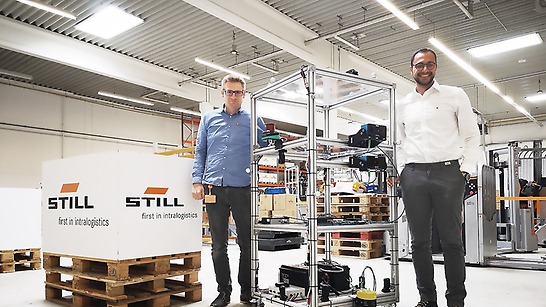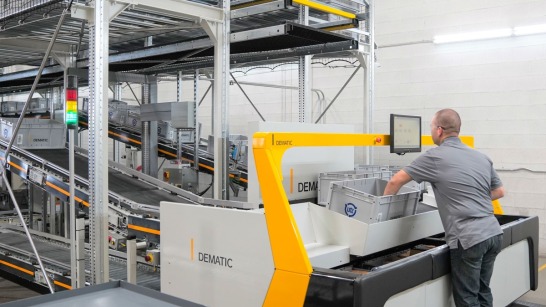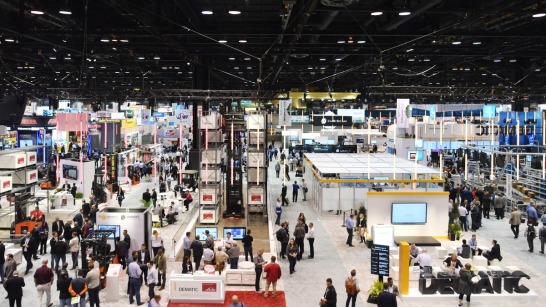What sounds like a philosophical question – what is the difference between a human and an object? – is really a very practical one. At least for an autonomous forklift whose artificial intelligence needs to be taught to understand the structure and elements of a typical warehouse so that it can find its own way through the facility without injuring anyone or damaging anything. At the very least, it must be able to identify shadowy outlines and not be misled by optical illusions.
"Deep PTL" is the name of the join research effort, a combination of deep learning and the acronym for production, transport and logistics. The cooperation got underway in September 2018 and is anticipated to last through early 2022. Together with University of Freiburg scientists and sensor specialists from Sick AG, engineers from KION’s own CTO organization are looking into artificial intelligence models which require as few parameters as possible to accomplish the recognition of objects.
Currently, the research team is focusing on generating the necessary data, which is necessary for training the neural network and developing it further. A mobile platform equipped with the latest sensor technology has been specially developed for this purpose. It is driven manually through various storage and production halls to "collect" high-quality data records. Initial trials are planned at STILL and other locations. In the future, the platform will also be used by customers to obtain as diverse data as possible.
"We use deep learning methods, which are very powerful in the recognition of objects and are also the reason why there is currently so much hype about artificial intelligence in so many industries," says Patrick Erbts, project manager for the project. Deep learning – or hierarchical learning – is part of a broader family of machine learning methods based on artificial neural networks, which can mathematically solve tasks that humans "intuitively" solve.
Best results despite limited resources
Autonomous industrial trucks present another challenge: "All the deep learning methods currently known are computationally intensive," states Erbts. "However, our vehicles are not equipped with high-performance computers and our resources are limited. Even if it is assumed that computers will continue to gain computing power in the future, it makes sense to think about solutions that work with the computer chips installed on board.
This is one advantage the intralogistics industry has over automotive companies, which are also eager to improve object recognition: A warehouse has a large stock of recurring elements such as shelving units, employees and warehouse equipment. "Yet, there are often very diverse lighting conditions in warehouses," adds Erbts. This can be a challenge for neural networks.


